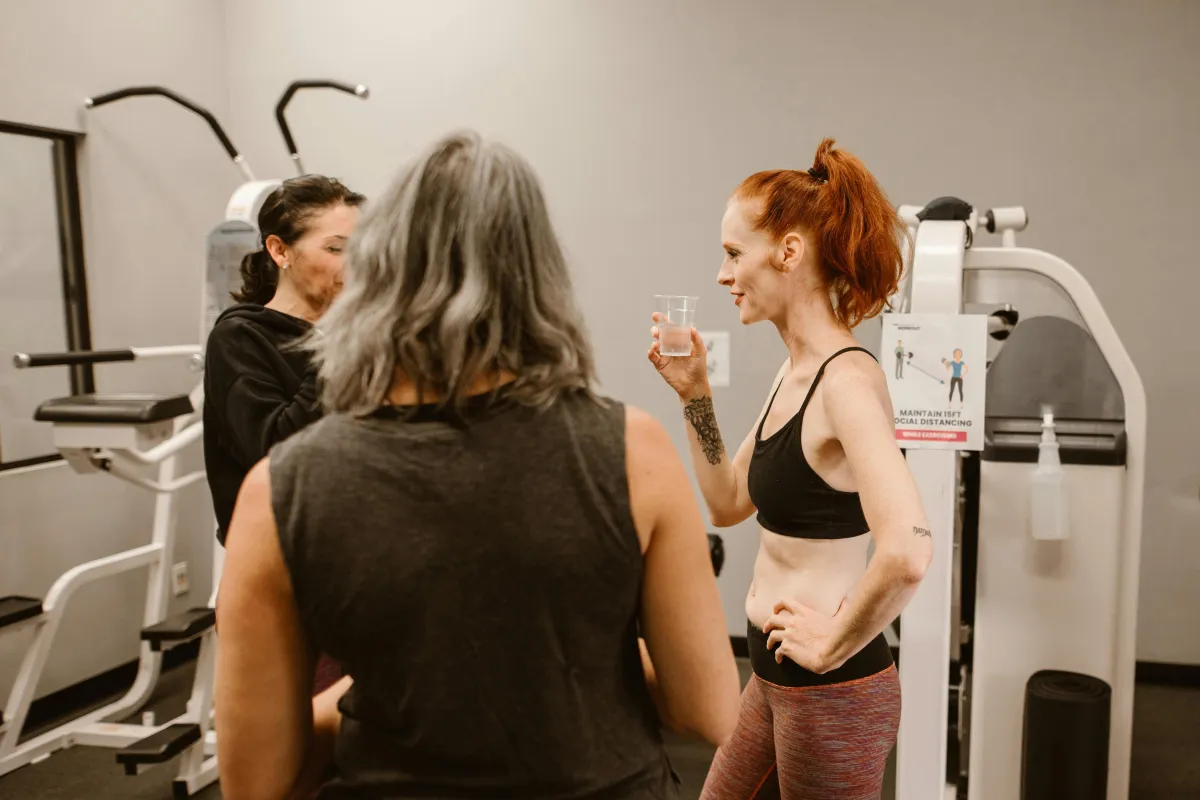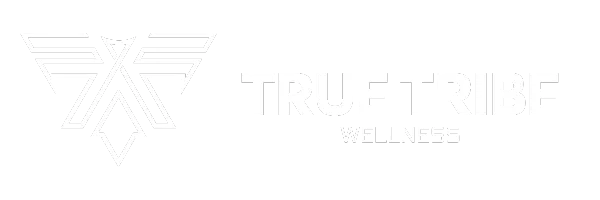Discover the Path
to True Wellness
ABOUT US
Where innovation meets empowerment on the path to a better life.
Through our innovative and thought-provoking articles, curated content, and expert advice, we delve into a wide range of topics that encompass the full spectrum of wellness. From nutrition and fitness to mindfulness and self-care, we explore the latest research, trends, and practices to help you optimize your well-being and unlock your true potential.

Our Recent Wellness Posts

Rest and Recovery: The Essential Keys to Fitness and Wellness
When it comes to fitness, it's easy to get caught up in the drive to push harder, lift more, and run faster. But as essential as these efforts are, rest and recovery play an equally critical role in achieving lasting results. Neglecting recovery can lead to burnout, injury, and setbacks. Whether you're new to exercise or have been training for years, knowing when to rest and how to recover can be the difference between reaching your goals and falling short.
Why Rest is Important
Exercise places stress on the body, particularly on muscles, joints, and cardiovascular systems. This stress stimulates the body to adapt, but the adaptations—such as muscle growth, improved endurance, and increased strength—occur during periods of rest. Without adequate rest, the body doesn't have the time or resources it needs to repair and rebuild.
Additionally, continuous exercise without breaks can lead to overtraining, a state where performance plateaus or even declines. Overtraining can also weaken the immune system, cause hormonal imbalances, and increase the risk of injuries. Rest is the body's way of restoring balance, allowing it to recharge and come back stronger for the next workout.
The Different Types of Recovery
Recovery isn't just about lying on the couch after a workout. There are different forms of recovery, each playing a role in supporting fitness and overall well-being.
Active Recovery: Light activities like walking, swimming, or yoga are examples of active recovery. These low-intensity exercises keep the body moving, increase blood flow, and help reduce muscle stiffness without adding extra stress. Active recovery can be done on rest days or as part of a cool-down after a workout.
Passive Recovery: This involves complete rest, allowing the body to heal naturally. It's essential after intense workout sessions or when feeling fatigued. A good night's sleep is a prime example of passive recovery, as deep sleep is when muscle repair and growth occur.
Stretching and Mobility Work: Including stretching and mobility exercises in your routine helps maintain flexibility and reduces the risk of injury. Foam rolling and stretching sessions after workouts help muscles relax, aiding in quicker recovery.
Nutrition-Based Recovery: Eating the right foods after a workout can speed up recovery. Consuming a balance of protein and carbohydrates post-exercise helps replenish glycogen stores and repair muscles. Staying hydrated is equally important, as water plays a crucial role in muscle recovery and overall body function.
Incorporating Rest into Your Fitness Plan
Building rest into your fitness routine doesn't mean you need to skip workouts entirely. Instead, it’s about finding balance. If you’re engaging in intense exercise, aim for at least one full day of rest per week, and make sure to alternate between high-intensity and low-intensity days. Listen to your body and take extra rest days if you feel excessively fatigued or notice signs of overtraining.
Recovery techniques like stretching, foam rolling, and light movement should be part of your daily routine. Ensuring that you get enough sleep each night is another key factor. Most adults need between 7 and 9 hours of sleep for optimal health and recovery.
For those who enjoy fitness equipment for their workouts, proper use of tools can also aid in rest and recovery. Resistance bands, foam rollers, and mobility tools can make a big difference in keeping muscles loose and preventing injuries. If you’re looking for high-quality equipment, White Lion Athletics offers a range of products that can support your fitness goals. Check them out here for gear that can help you stay on track with both workouts and recovery.
The Benefits of Rest and Recovery for Your Body and Mind
Taking time to rest doesn't just benefit your physical health; it has mental advantages as well. Regular breaks from training reduce stress, improve mood, and help prevent mental burnout. It’s essential to maintain a healthy balance between exercise and relaxation to avoid feeling overwhelmed by your fitness regimen.
Rest days also help maintain a sense of excitement and motivation for your workouts. Giving your body time to recuperate allows you to return to exercise feeling refreshed and eager to continue progressing toward your goals.
Rest and recovery are non-negotiable components of any fitness plan. Whether through active recovery, proper nutrition, or simply taking a day off, these practices ensure that your body has the time and resources it needs to rebuild and improve. Balancing hard work with rest will lead to stronger performance, better results, and a more sustainable fitness journey.
And don't forget, for fitness equipment that can help enhance both your workouts and recovery sessions, check out White Lion Athletics here.
One or more of the links above are affiliate links, meaning, at no additional cost to you, we will earn a slight commission if you click through and make a purchase. Each of these products is chosen by a trusted member of our team.
Email: partnerships@truetribewellness.com
Social Media: @TrueTribeWellness

